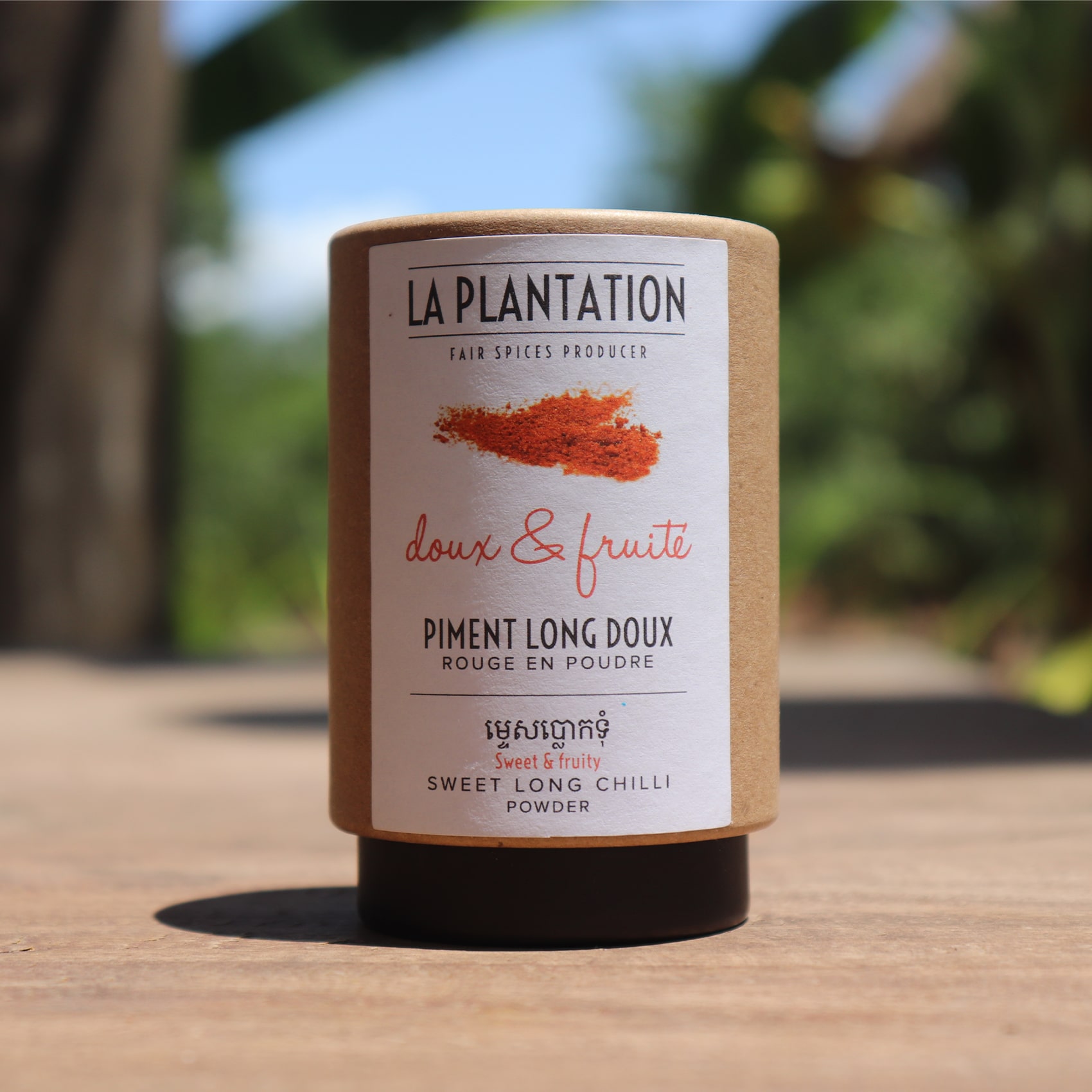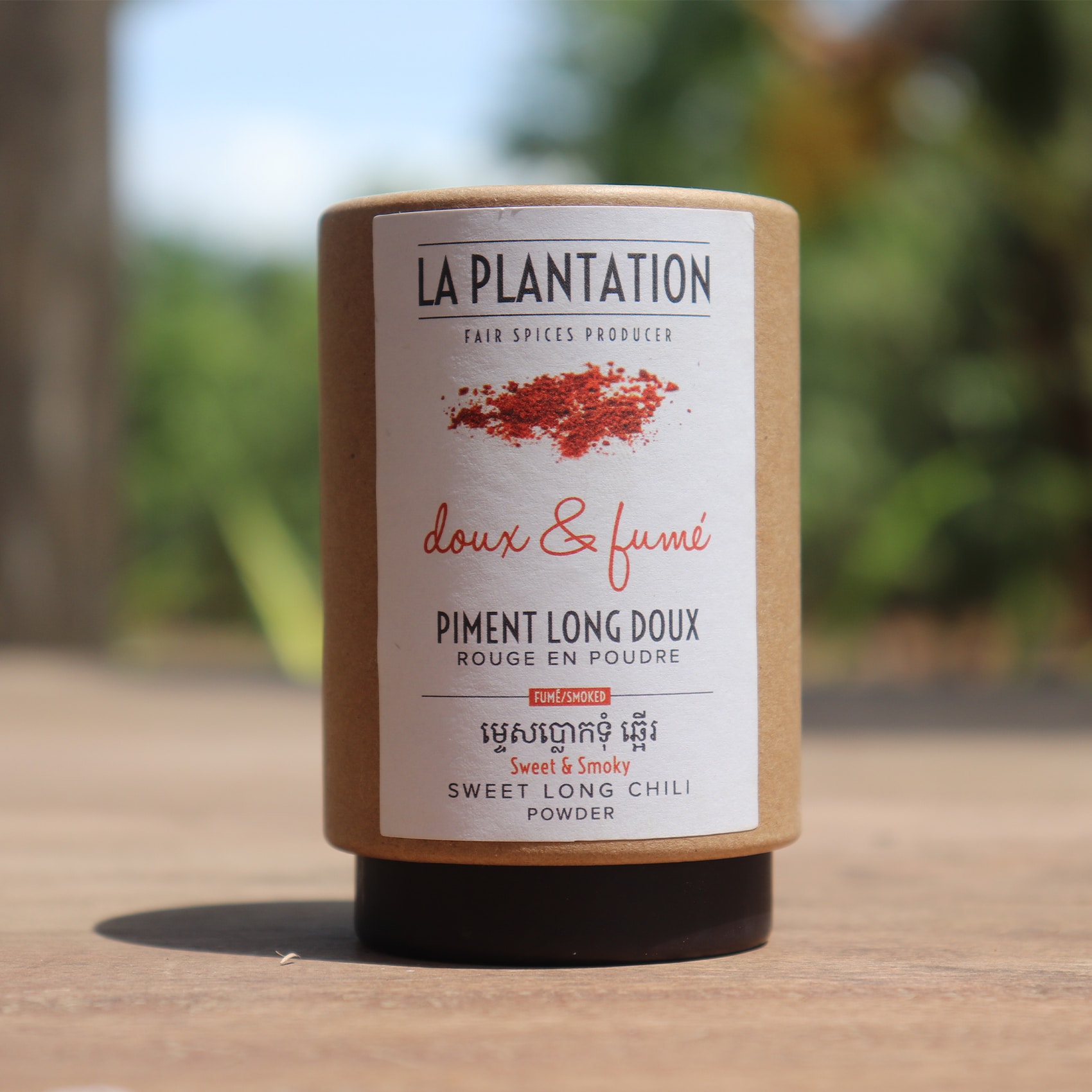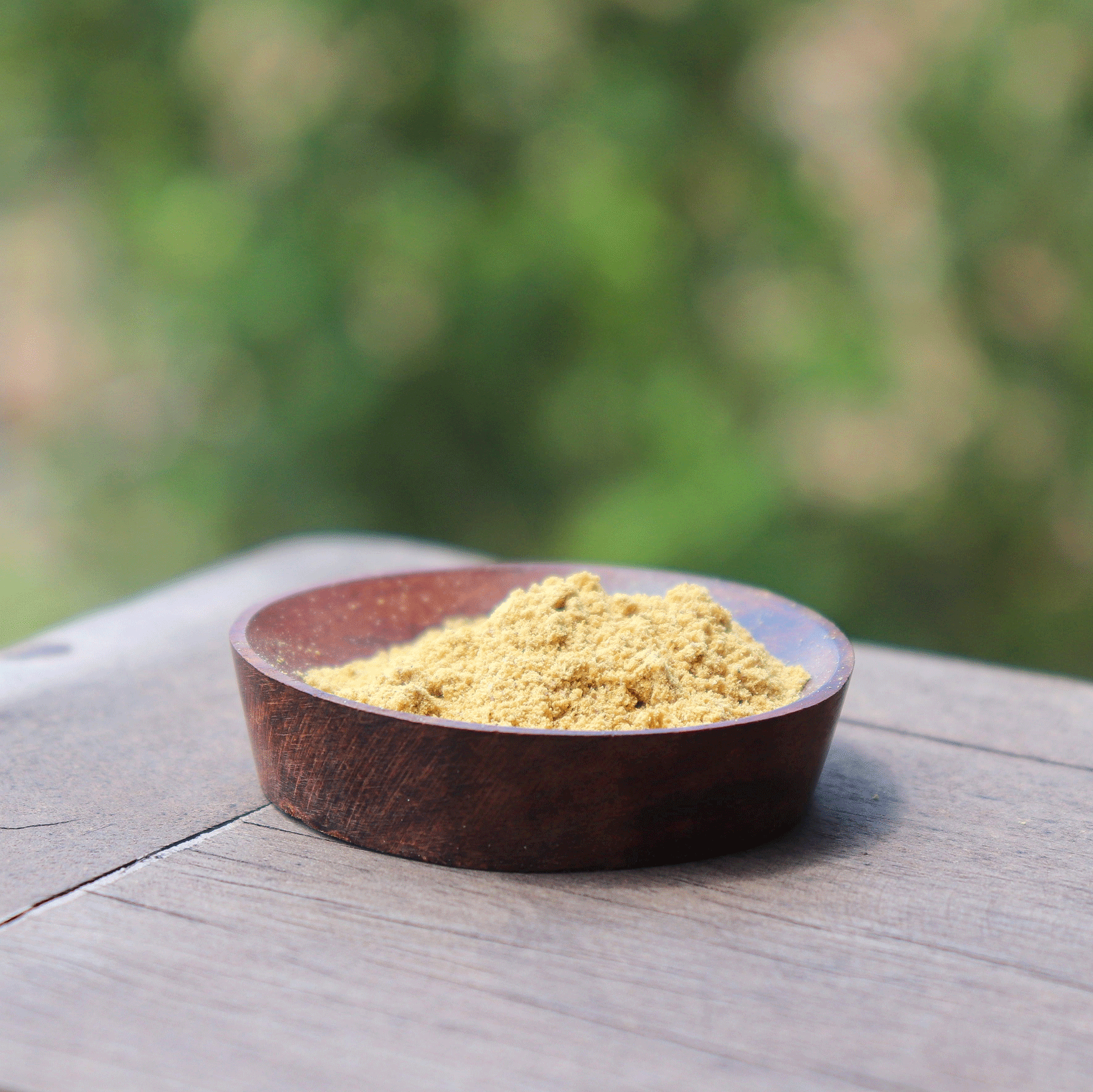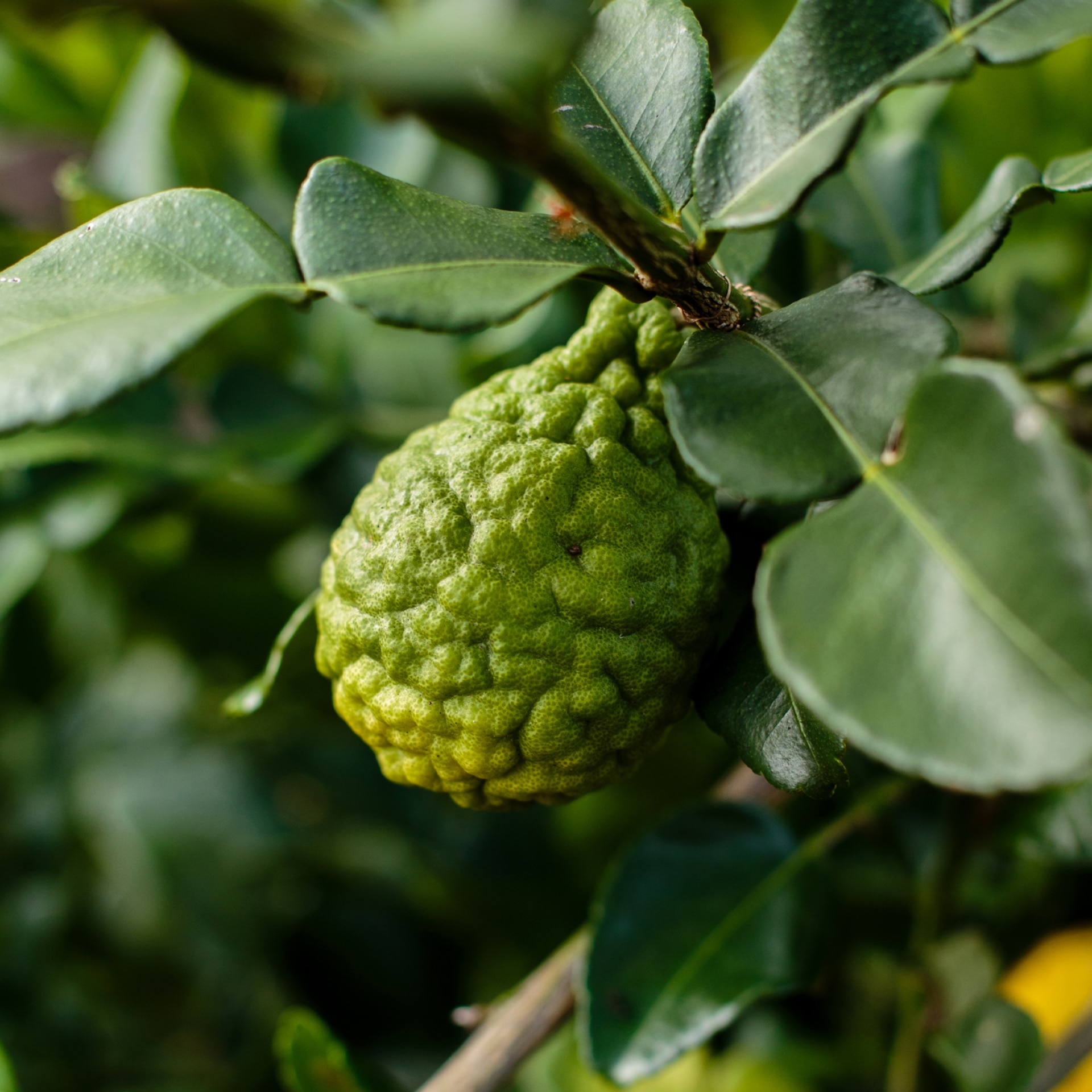
Have you heard about the Cambodian paprika?
What is paprika?
Paprika is a spice derived from the sweet pepper, Capsicum annuum. It is often dried and ground to obtain a powder used as a seasoning, commonly known as paprika. This sweet pepper belongs to the Solanaceae family, which also includes other members such as tomatoes, potatoes and aubergines. Paprika is obtained by drying and grinding the ripe fruits of the sweet pepper to produce a colourful, aromatic powder.
Paprika is widely used as a seasoning in many cuisines around the world, adding flavour, colour and a slight heat to dishes. It is often used in Spanish, Hungarian and Eastern European dishes, but is also present in many other cuisines, including Asian and Latin American.
Origin and production of Cambodian paprika :
Cambodian paprika is grown mainly in the Kampong Chnang region, known for its exceptional terroir. As part of our cooperative of Cambodian family farms, our Cambodian paprika comes from some of these independent farms, as well as from our own La Plantation Farm in Kampot. It thrives particularly well in Cambodia because of its ideal climate and soil conditions, with plenty of sunshine and annual rainfall.
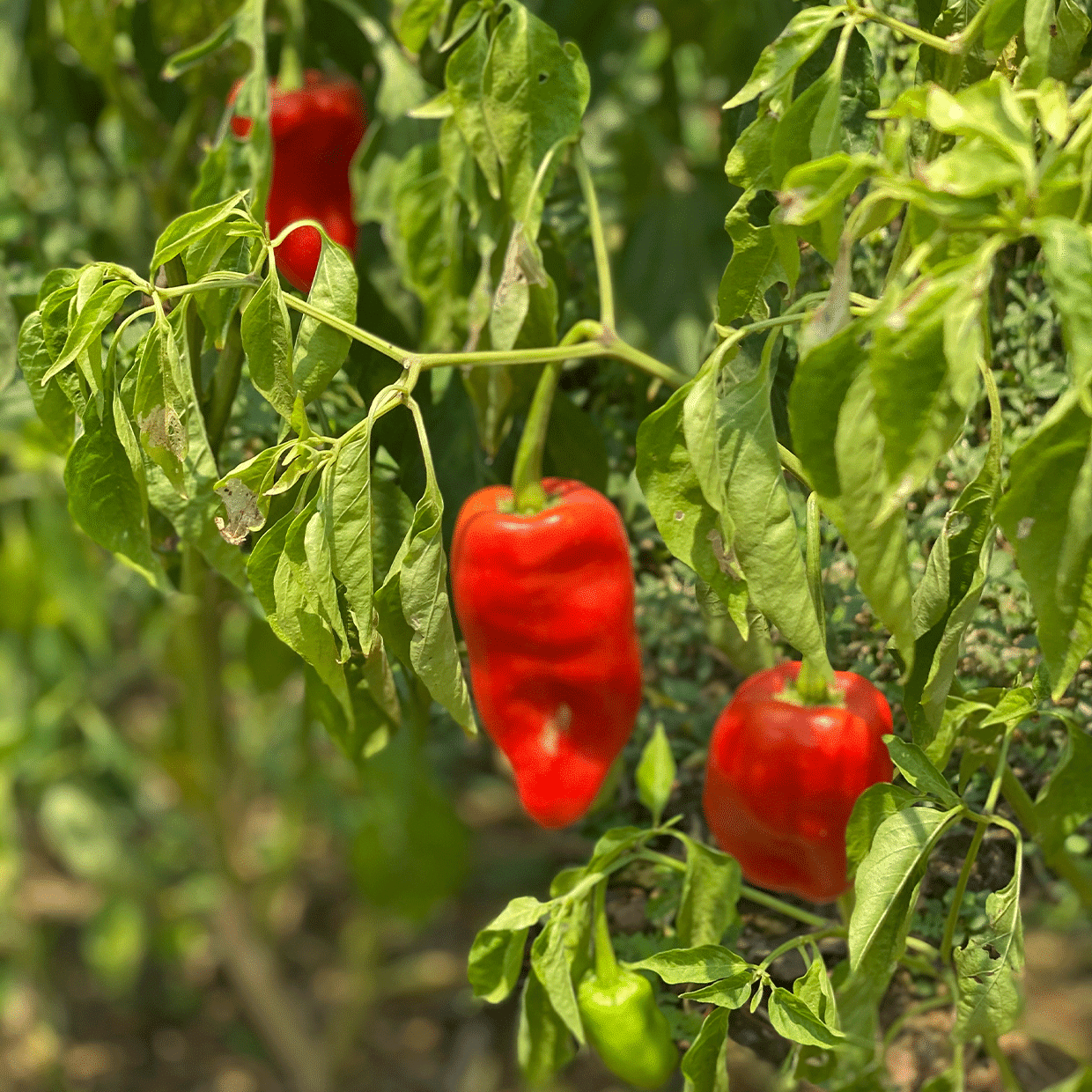
Use in Cambodian cuisine
Cambodian paprika is widely used in local cuisine to add colour and flavour to dishes. The sweet long pepper is often used in curries and simmered dishes. It can be used fresh, or dried, whole, or processed into a paste or powder to enrich sauces and marinades, and add a distinctive flavour.
Paprika on the Scoville scale
On the Scoville scale, which measures the strength of chillies, Cambodian paprika is ranked on the mild side, offering a pleasant flavour without being too spicy.
The Scoville scale is a scale for measuring the strength of chillies, based on the concentration of capsaicin, the chemical compound responsible for the sensation of heat in chillies. The higher the Scoville number, the stronger the pepper is considered to be. Cambodian paprika, derived from sweet peppers, is on the milder side of this scale.
Although Cambodian paprika is derived from the same pepper as other hotter paprika varieties, it is specially grown for its mildness. It has a subtle, slightly sweet and fruity flavour, without the intense burn associated with stronger peppers. This sweetness is due to the low concentration of capsaicin in the peppers used to produce this type of paprika.
As a result, on the Scoville scale, Cambodian paprika generally ranks very low, sometimes even close to zero, in terms of perceived heat. This makes it an ideal choice for those who appreciate the delicate flavours and vibrant colour of paprika but don’t want to add spice to their dishes. Cambodian paprika can therefore be used liberally in a variety of recipes to add colour, flavour and slight heat without overpowering the other ingredients.
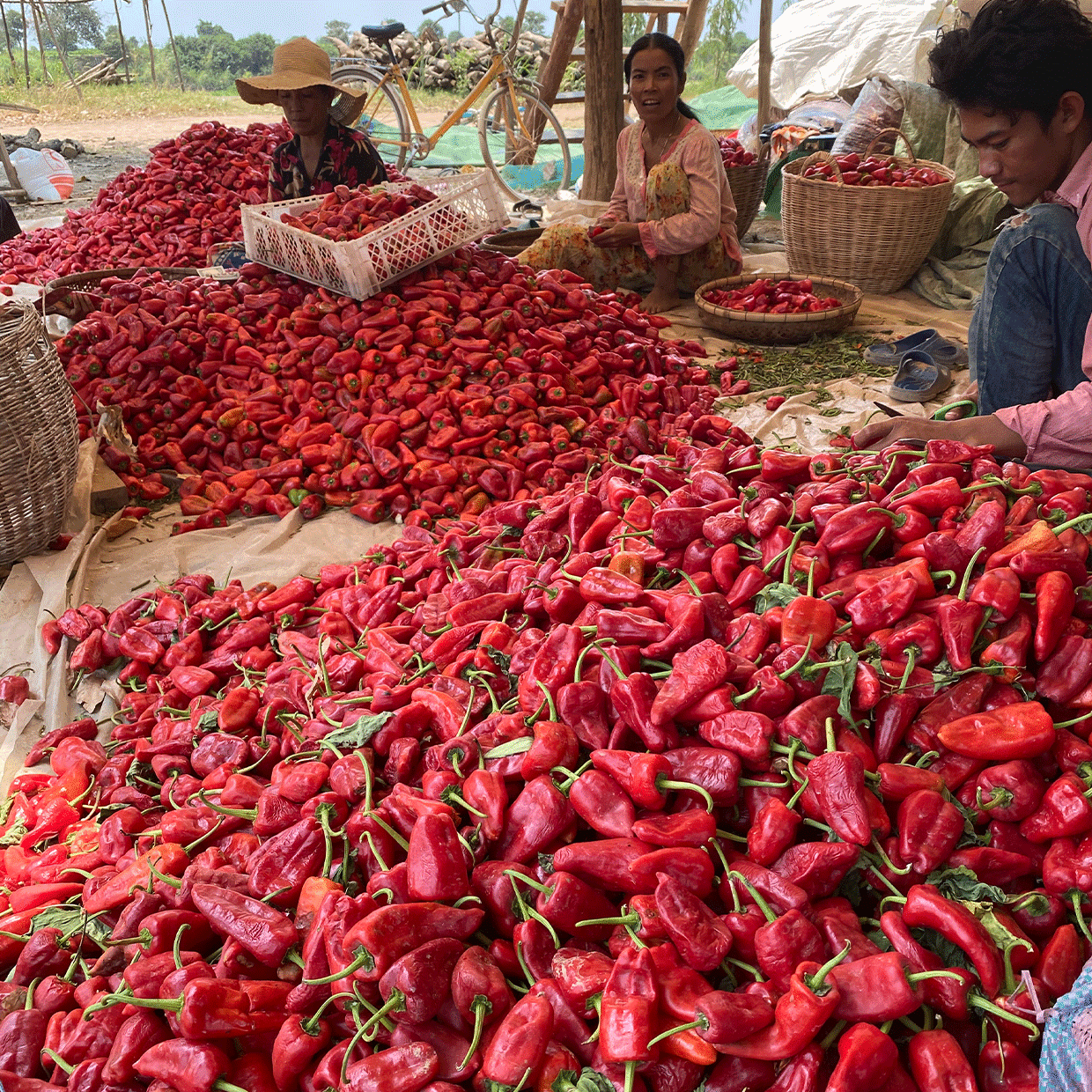
What are the flavours of our Cambodian paprika?
Our Cambodian Paprika is a spice derived from the pepper (Capsicum annuum) and is available in a variety of flavours and aromas depending on its type and origin. The main aromas found in paprika are generally mild, slightly sweet and earthy, with subtle nuances that can vary depending on the variety and the manufacturing process. Paprika has a mild, delicate flavour, without being pungent. This makes it a versatile seasoning, ideal for a wide variety of dishes. It also has a slight hint of bitterness, due to the ripeness of the pepper used to produce it. Paprika has slightly fruity undertones, sometimes reminiscent of ripe peppers or sun-dried tomatoes.
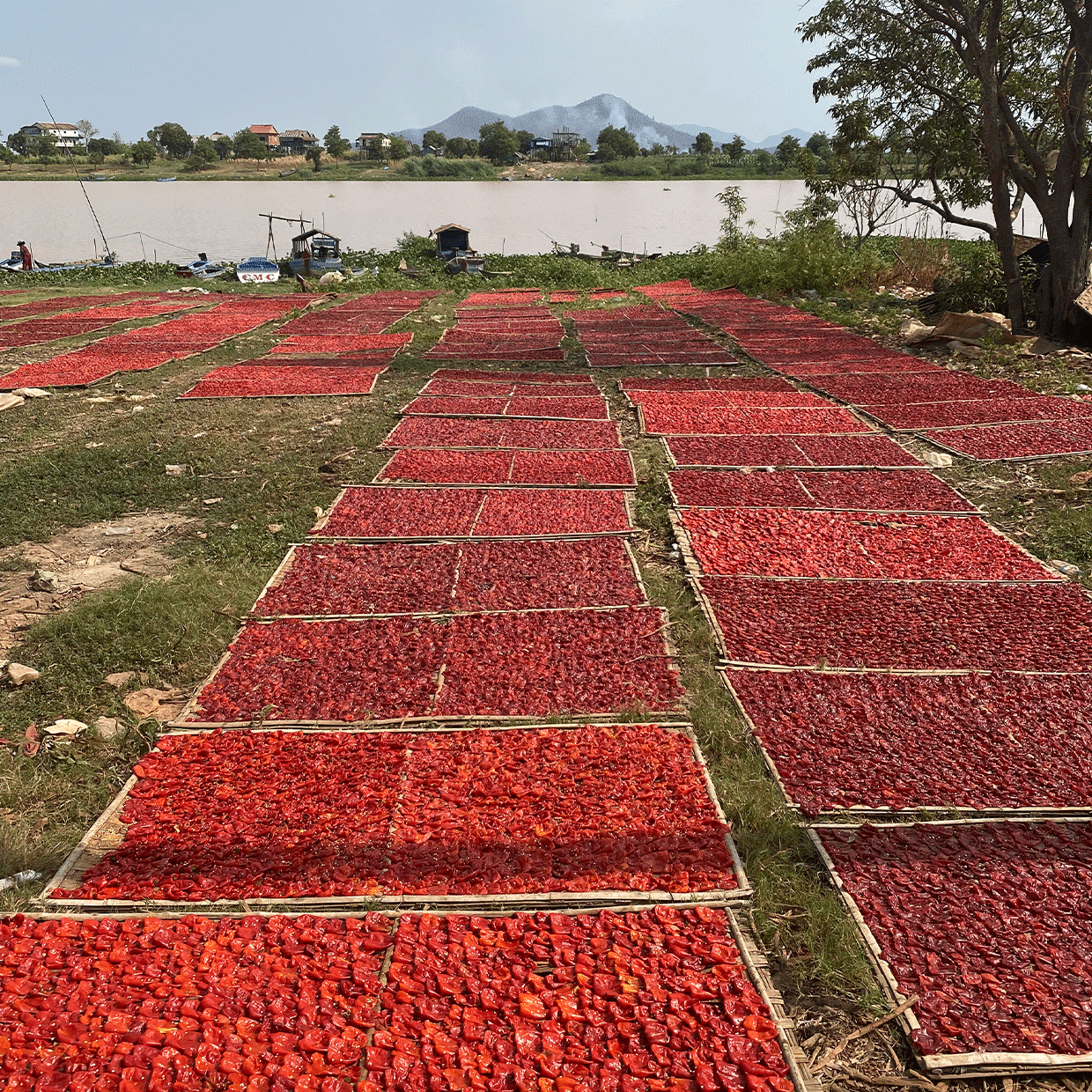
Smoked or regular paprika powder?
The choice between smoked paprika and natural paprika largely depends on the flavour profile you’re looking for in your dishes, as well as the effect you want to achieve. Here are a few points to consider to help you make your choice:
- Production of paprika: Our paprika is carefully grown on our farm in Kampot, where we follow a meticulous process from sowing to harvesting. Once harvested, the peppers are carefully prepared: they are cut in half, boiled with salt for 5 minutes, then placed on bamboo trays to dry in the sun for 3 to 4 days. The smoked paprika then undergoes a cold smoking process at our farm in Kampot, where we use rice husks and coconut shavings to give it a subtle, herbal smoky flavour, typical of southern Cambodia.
- Flavour: Natural paprika has a mild, slightly sweet flavour, with notes of fresh pepper. It is versatile and can be used in a wide variety of dishes, adding colour without adding smoky flavour. Smoked paprika, on the other hand, has a distinct smoky flavour of its own. This smoky flavour can add depth and complexity to your dishes, highlighting its robust, earthy character.
- Uses of paprika: Natural paprika is often used in dishes where a touch of bright colour and sweetness is desired, such as chicken and fish dishes, sauces, marinades and soups. It’s also perfect for sprinkling on eggs, salads, roast potatoes and other dishes to add a touch of colour and flavour. Smoked paprika is ideal for dishes that would benefit from the addition of smoky flavours, such as meat dishes, stews, chilli con carne, barbecue sauces and bean dishes.
- Personal preferences: It will also depend on your personal taste preferences. If you enjoy more intense, smoky flavours, smoked paprika may be an excellent choice. If you prefer milder, more subtle flavours, plain paprika will be more suitable.
the choice between smoked paprika and natural paprika will depend on your taste preferences and the dishes you plan to prepare. It can also be interesting to experiment with both to discover the different ways they can enhance your recipes.
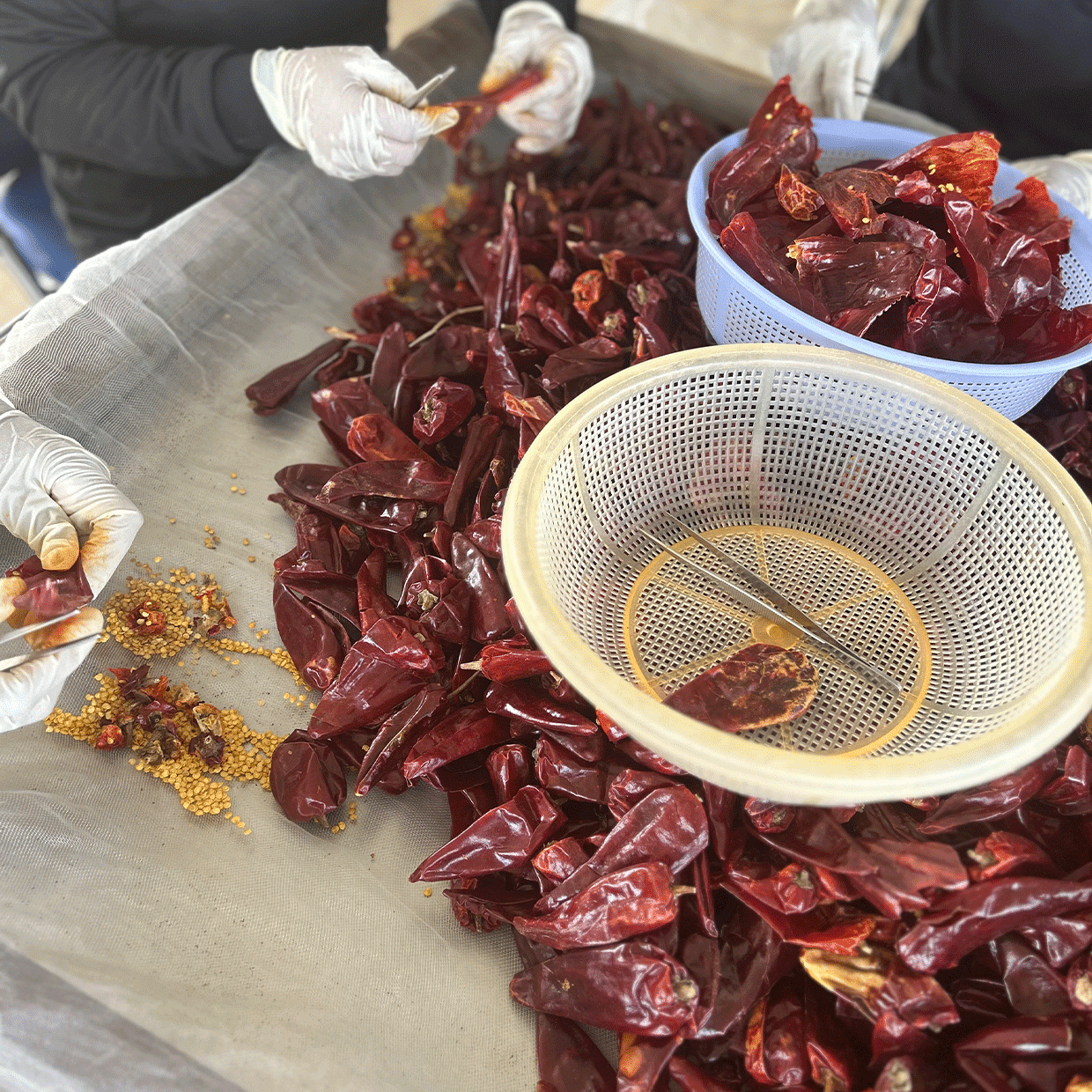
The benefits of paprika for health
Cambodian paprika is much more than just a culinary seasoning; it also offers a range of health benefits due to its nutritional and antioxidant properties. Indeed, Cambodian paprika is rich in vitamins and essential antioxidants, making it a valuable addition to a balanced diet. The vitamins present in paprika, such as vitamin C, vitamin E, and vitamin A, contribute to strengthening the immune system, helping to fight infections and maintain overall body health.
Furthermore, the antioxidants in paprika, such as carotenoids and flavonoids, are believed to play a significant role in protecting against damage caused by free radicals, thus contributing to the prevention of various chronic diseases.
In addition to adding flavor to dishes, Cambodian paprika offers significant health benefits, including strengthening the immune system, improving heart health, and reducing inflammation. Regularly incorporating paprika into your diet can therefore be an excellent way to support your overall health while adding a touch of color and flavor to your favorite dishes.
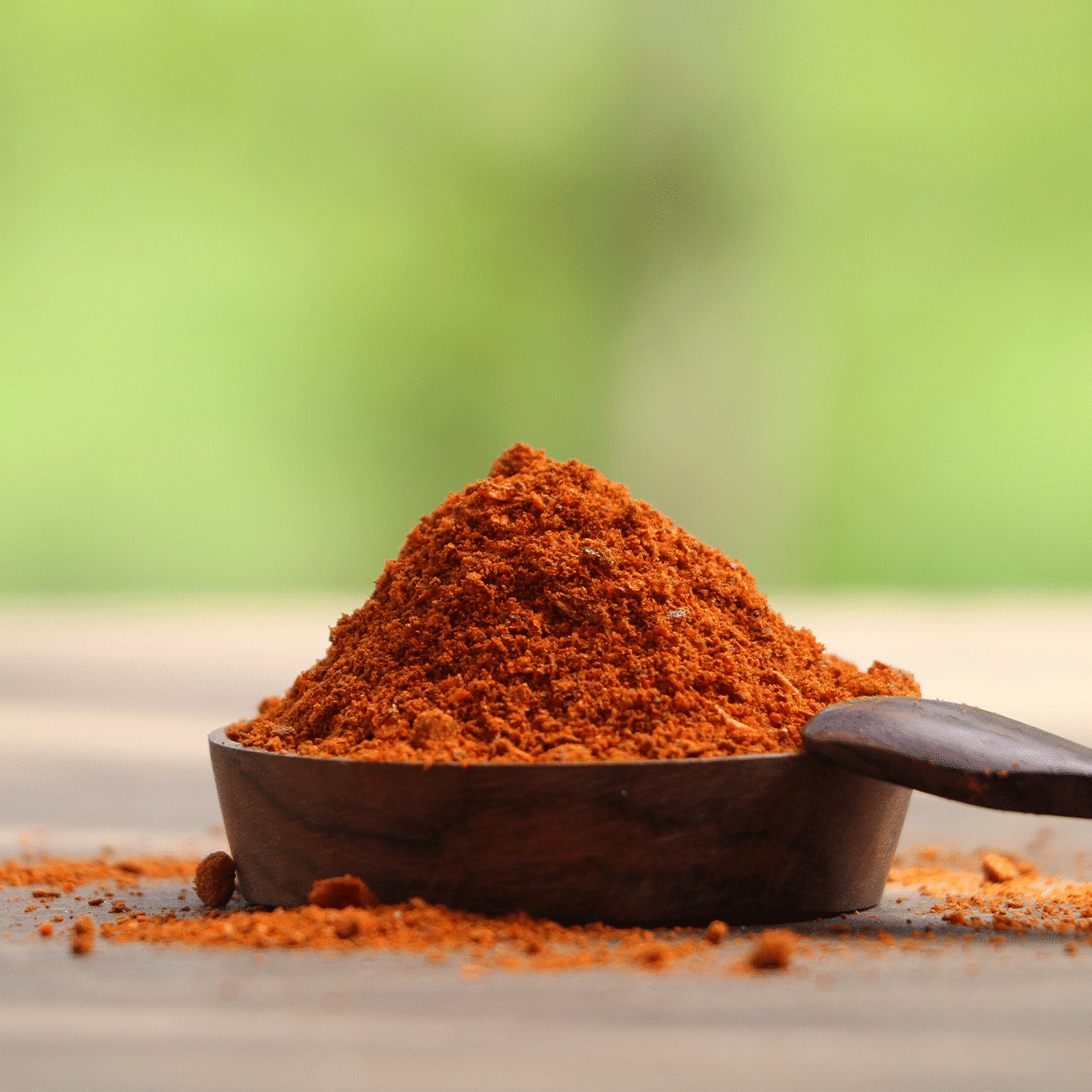
How to simply use our paprika in cooking?
Grounded paprika, whether you prefer it smoked or natural, adds a fragrant and slightly spicy touch to many savory dishes and is very simple to use. Here are some ideas for original recipes, with a Cambodian twist incorporating our paprika:
Deviled eggs with cambodian paprika
- Ingredients: eggs, mayonnaise, mustard, Cambodian paprika, chives.
- Preparation: Cook the eggs until hard-boiled, then cool and peel them. Cut the eggs in half and remove the yolks. Mash the egg yolks with mayonnaise, mustard, and a pinch of Cambodian paprika. Fill the egg whites with this mixture and sprinkle with paprika and chopped chives before serving.
Find a recipe for Cambodian Shakshuka with mild paprika directly on our website in the recipes section.
Grilled chicken with cambodian paprika and lemon
- Ingredients: chicken pieces, paprika, lemon, olive oil, salt, pepper.
- Preparation: Marinate the chicken pieces in a mixture of olive oil, lemon juice, Cambodian paprika, salt, and pepper for at least an hour. Grill the marinated chicken pieces until well-cooked and slightly caramelized. Serve with a slice of lemon for extra freshness.
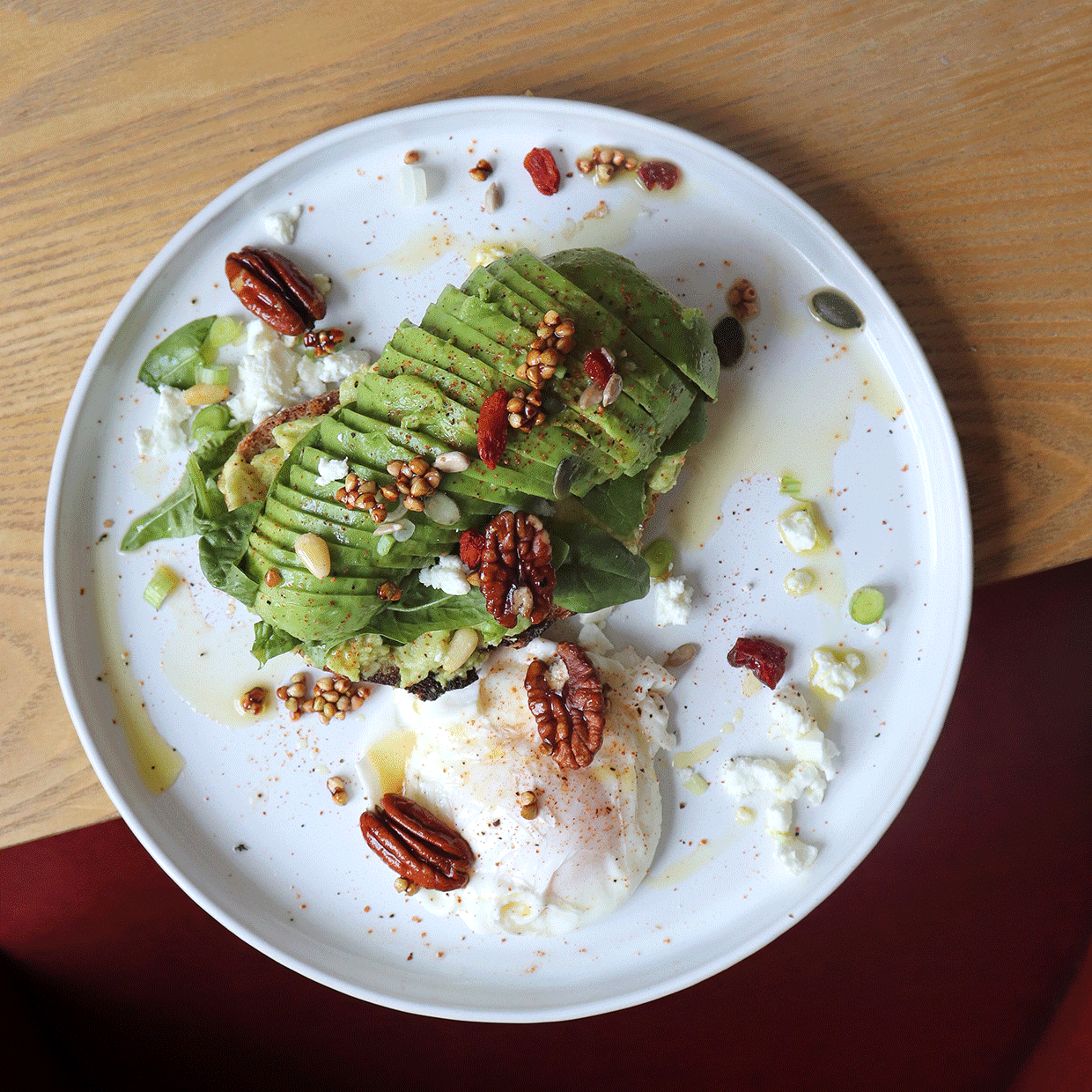
Avocado toast with mild paprika and feta
- Ingredients: avocado, country bread, paprika, feta cheese, lemon, salt, pepper.
- Preparation: Mash the avocado with lemon juice, salt, and pepper. Spread this avocado puree on slices of grilled country bread. Add slices of Cambodian long sweet pepper for a bit of spiciness, then crumble feta over the top. Serve with a green salad for a light and tasty meal.
Pie with paprika and vegetables
- Ingredients: pie crust, eggs, cream, grated cheese, zucchini, bell peppers, onions, Cambodian paprika.
- Preparation: Line a pie dish with the pie crust. Beat the eggs with cream and grated cheese. Add diced zucchini, bell peppers, and onions previously sautéed in Cambodian paprika. Pour the mixture over the pie crust and bake in the oven until the quiche is golden and the filling is set.
Revisited niçoise salad with mild paprika
- Ingredients: canned tuna, green beans, cherry tomatoes, hard-boiled eggs, black olives, potatoes, Cambodian long sweet pepper, vinaigrette.
- Preparation: Arrange cooked green beans, halved cherry tomatoes, quartered hard-boiled eggs, black olives, and diced cooked potatoes on a bed of lettuce. Add crumbled canned tuna. Season with a homemade vinaigrette enhanced with Cambodian long sweet pepper for a spicy twist on this classic salad.
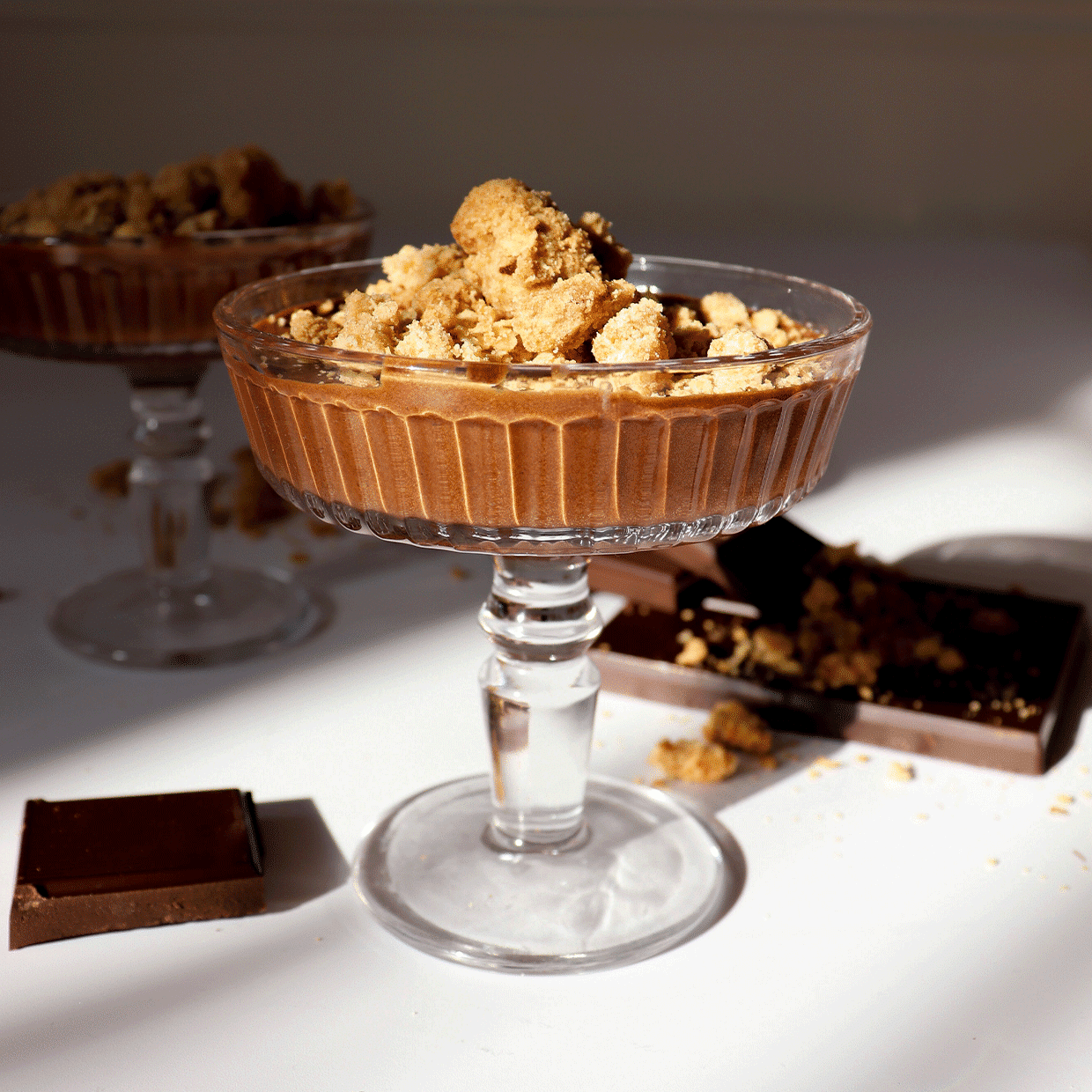
Chocolate mousse with cambodian paprika
-
Ingredients: dark chocolate, crème fraîche, sugar, eggs, Cambodian paprika.
-
Preparation: Melt the dark chocolate and leave to cool slightly. Whip the crème fraîche with the sugar. Gently fold the melted chocolate into the beaten eggs. Add a pinch of Cambodian paprika for a subtle touch of heat. Refrigerate for at least two hours before serving.
Mango salad with paprika
- Ingredients: Ripe mangoes, lime juice, honey, Cambodian paprika, fresh mint.
- Preparation: Peel and dice the mangoes. In a bowl, mix the lime juice with a tablespoon of honey and a pinch of Cambodian paprika. Pour this dressing over the diced mangoes and toss gently to coat well. Leave to rest in the fridge for at least 30 minutes to allow the flavours to blend. Just before serving, garnish with chopped fresh mint leaves for a touch of freshness.
These recipes offer an interesting fusion of traditional European and French flavours with unique Cambodian ingredients, creating original and delicious dishes. Have fun preparing and enjoying them!
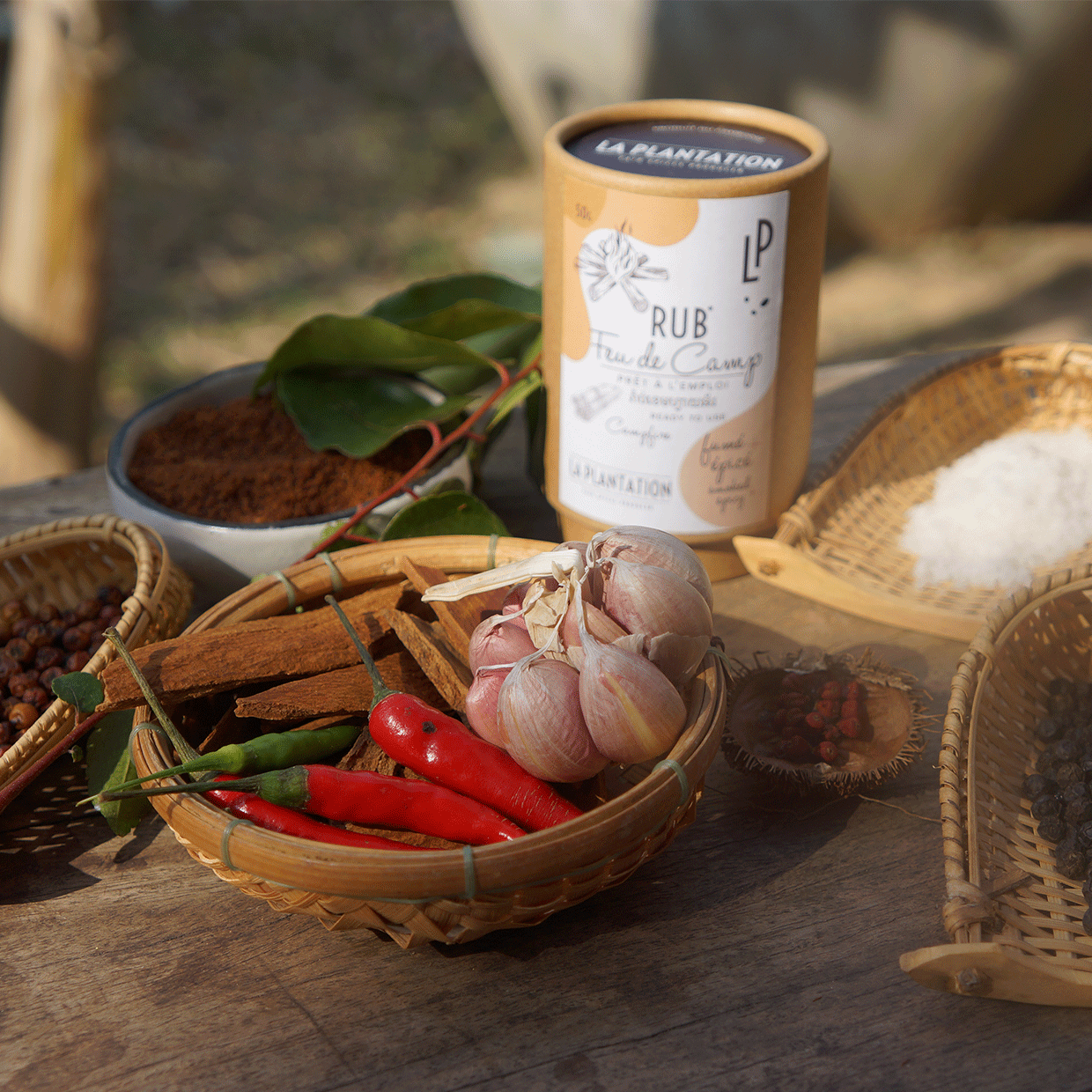
And if you’d like to try out some of the other flavours that go with paprika, our online shop has spice blends such as smoked spices blend (a combination of fleur de sel, smoked paprika and Kampot pepper), red curry or Camp fire rub spice blend, ideal for spring and summer barbecues.
Cambodian paprika is a versatile and essential ingredient in Cambodian cuisine, where its cultivation, smoking and use reflect the country’s deep history and culinary tradition. Paprika is a mild chilli that enhances many dishes, from savoury to sweet, adding heat to your winter recipes and setting your summer barbecues alight!
